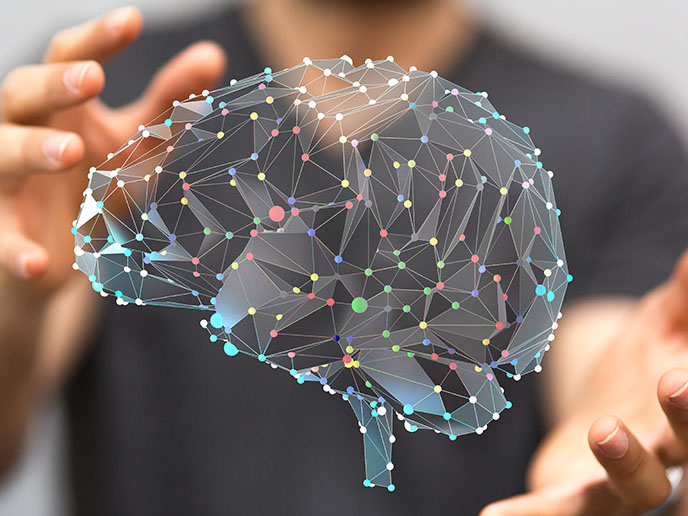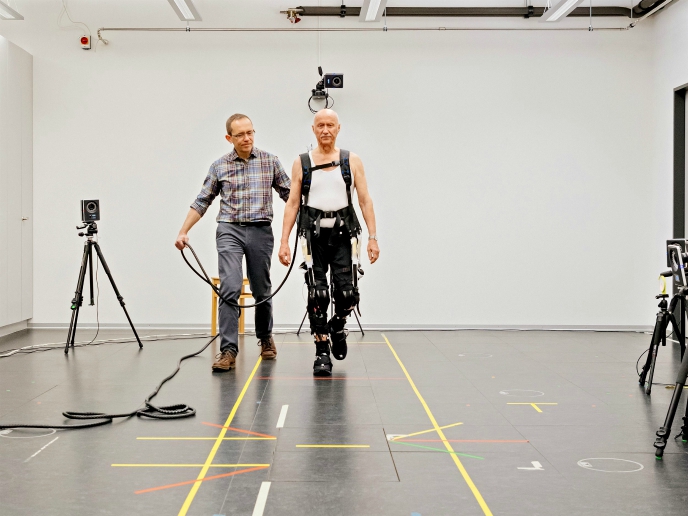Unravelling the mysteries of the brain with light and AI
Deciphering how individual neurons collaborate to generate thoughts, emotions, and actions continues to baffle researchers. To investigate brain activity, neuroscience investigates neuronal cells, both individually and collectively, through a diverse array of methodologies including measuring electrical activity, studying chemical reactions and controlling cells with light.
An innovative experimental platform for studying neuronal behaviour
The ISLAND project was undertaken with the support of the Marie Skłodowska-Curie Actions(opens in new window) (MSCA) programme and aimed to create an experimental setup that harnessed the power of light control along with genetic manipulation, or optogenetics(opens in new window), to study brain cells within a laboratory environment. “We wished to comprehend neuronal networks in 2D and 3D, promising new insights into brain function,” states the principal investigator Lorenzo Pavesi. Alongside the MSCA research fellow Ilya Auslender, the scientists developed an experimental system that comprised three distinct units. The ‘writing’ unit consisted of an optical system that emitted precise patterns of light that served as triggers for the stimulation of genetically modified neurons. The ‘reading’ unit through a microelectrode array(opens in new window) (MEA) was able to capture the electrical signals emanating from the cultured neurons and to translate them into data. Finally, these MEA recordings were interpreted by the ‘processing and control’ unit.
Mapping neuronal networks
Scientists successfully cultured brain cortical cells onto glass MEA chips and engineered them to express a light-sensitive protein. This laid the groundwork for controlled optogenetic experiments. Light-based stimulation was achieved through a digital light processor that illuminated tailored light patterns onto the genetically modified neurons. Central to understanding these responses was the development of advanced analytical tools. Using AI, researchers built a system capable of reading the electrical signals from the neuronal cells and generating a macroscopic map of how these cells communicate and connect into a network. The resulting model offered a macroscopic graph representing the structure of the culture being studied. Each node in this graph symbolised a neural circuit or population of neurons, and the connections between nodes represented the weighted interactions between these populations. Overall, the AI model demonstrated remarkable accuracy in uncovering the functional connectivity of the neuronal network.
Future possibilities and applications
The ISLAND project opened numerous opportunities for extending in vitro applications and research initiatives. The carefully designed optogenetic configuration, seamlessly combining optical and genetic methods, has already been employed to advance ongoing studies focused on using innovative light-based interventions to suppress epileptic seizures. The AI model can be applied to a wide range of studies that involve detailed analysis of multisite electrophysiological signals. For example, it could enhance pharmacological research by offering insights into how the nervous system responds to different substances. Moreover, it can be employed in brain mapping, where its detailed analysis can help uncover the intricate dynamics of neural networks, revealing more about how the brain functions and how its components are connected. “Our deliverables do not only support creative research within controlled laboratory settings but have the potential to drive progress in various complex fields where a deep understanding of neural dynamics and connections is crucial,” highlights Auslender.







